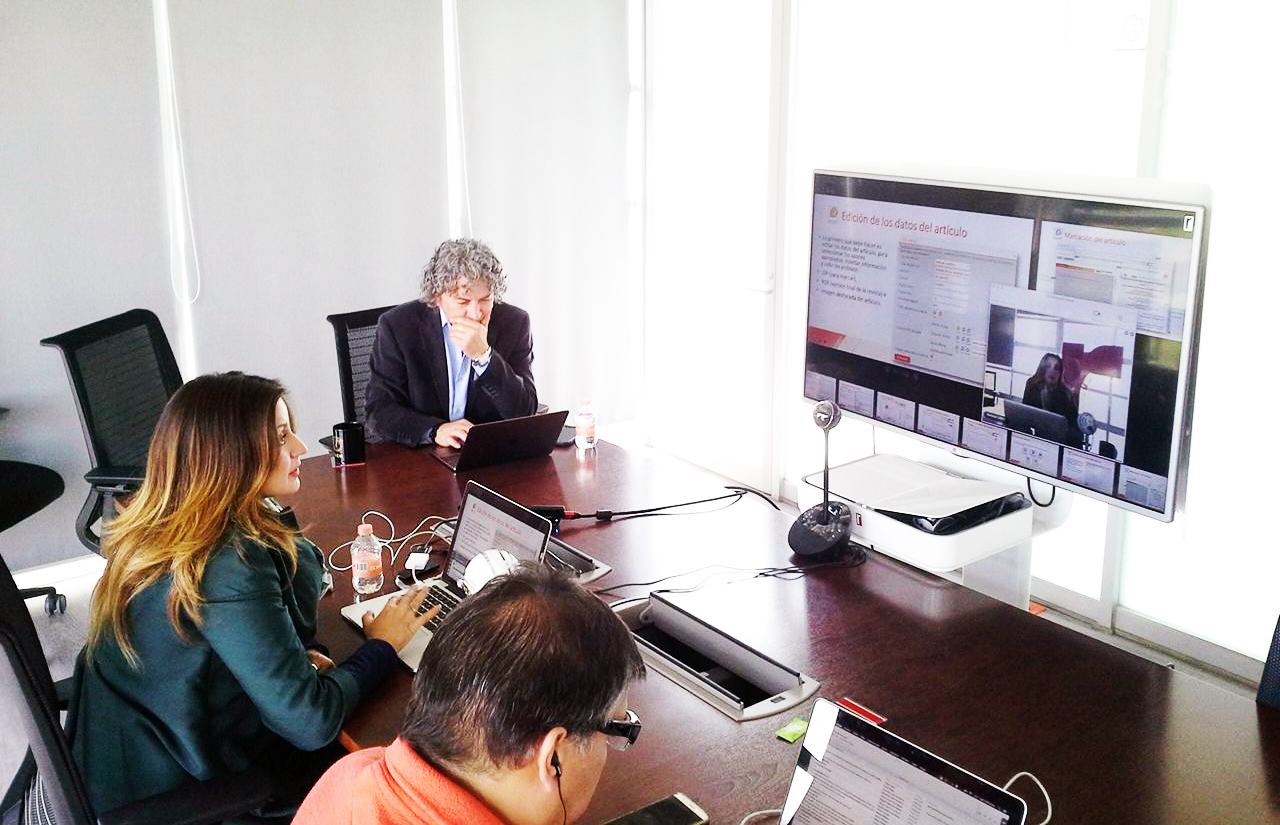
On April 6, the web session called “Does your journal still not implement XML JATS? See what Redalyc offers you” was held, aimed at journals that have not yet implemented XML JATS and those that already use it but have doubts regarding this standard. This web session had the participation of 168 people from 118 institutions from 13 countries, and it was led by Dr. Arianna Becerril García, Director of Technology and Innovation at Redalyc.
In the session, it was mentioned that in the current information age it is necessary to have more “intelligent” data, that is, easier to find, process, and access by machines. By way of introduction, it was described what an XML is, as well as the importance of its use, and it was explained that the Journal Article Tag Suite (JATS) is a technical standard, an initiative that defines an XML format to describe structure, semantics, and metadata for scientific digital content.
Arianna Becerril pointed out that Redalyc ensures that the XML JATS generated by its tagging system (Marcalyc) is interoperable and compatible with the JATS standard and the JATS4R initiative, and that this scientific information system seeks, among other things, to eliminate interoperability barriers and guarantee that the files in which the scientific content of the journals is preserved can be reused by other platforms.
She added that to be successful in terms of interoperability, it is necessary to maximize the agreements between the different actors. She also emphasized that Redalyc’s strategy for the adoption of the XML JATS standard is based on two principles: professionalization of editors and reuse of files. On this last point, she indicated that Redalyc accepts XML files generated by other platforms, including SciELO, as long as they are based on the JATS standard. She clarified that if a journal is indexed in Redalyc and SciELO it should not be necessary to tag it twice.
In the final part of the session, the use of the Marcalyc tool was explained, from the preparation of the file for tagging, going through the tagging of each of the sections of a document (front, body and back) until reaching the generation of the XML and its products (intelligent viewer, mobile viewer, ePUB, PDF, HTML, XML JATS4R and XML SciELO).
It was explained that there are two alternatives for the adoption of XML JATS in Redalyc: sending a valid XML JATS to this information system (it can be tagged with other tools) and the tagging with Marcalyc.
Finally, it was pointed out that Redalyc is willing to open Marcalyc to journals indexed in SciELO even if they are not part of Redalyc’s collection, so that not having resources and technology for tagging in the XML JATS standard is not an exclusion factor for them.

Leave a Reply